Unleashing the Power of Geofence Marketing: A Comprehensive Guide to Geofencing Strategies from Getgeofencing

Introduction to Geofencing: What is Geofencing and how does it work?
Geofencing is a location-based technology that allows businesses to create virtual boundaries around specific geographic areas. When a user’s mobile device enters or exits these predefined boundaries, known as geofences, the system can trigger a specific action or notification. This powerful tool has revolutionized the way businesses approach marketing and advertising, enabling them to deliver targeted, personalized content and offers to their customers.
At its core, geofencing relies on Global Positioning System (GPS) or Radio Frequency Identification (RFID) technology to track the location of mobile devices within a defined area. By establishing these virtual perimeters, businesses can gain valuable insights into customer behavior and preferences, and leverage this information to create more effective marketing campaigns.
The process of geofencing typically involves the following steps:
- Defining the geographic area of interest: Businesses can create geofences around specific locations, such as their physical stores, competitors’ locations, or areas of high foot traffic.
- Tracking user location: When a user’s mobile device enters or exits the defined geofence, the system detects the movement and triggers the predetermined action.
- Delivering targeted content or offers: Based on the user’s location, businesses can send personalized push notifications, in-app messages, or other forms of content to engage the customer and drive desired actions.
By understanding the fundamental principles of geofencing, businesses can unlock a world of opportunities to connect with their customers in a more meaningful and impactful way.
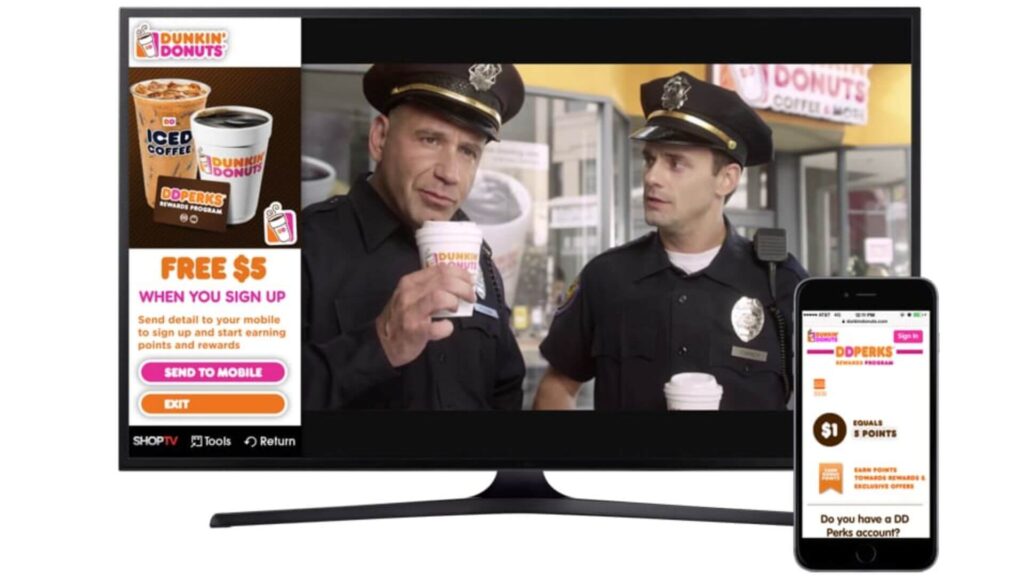
Benefits of Geofence Marketing: The advantages of using Geofencing in marketing campaigns.
Geofence marketing offers a multitude of benefits that can significantly enhance the effectiveness of your marketing efforts. Here are some of the key advantages:
- Hyper-targeted Audience Reach: Geofencing allows you to precisely target your marketing messages to specific geographic areas, ensuring that your content reaches the right audience at the right time.
- Increased Engagement and Conversions: By delivering personalized, location-based content and offers, you can capture the attention of your customers and encourage them to take desired actions, such as visiting your store, making a purchase, or engaging with your brand.
- Improved Customer Insights: Geofencing provides valuable data on customer behavior, including their movement patterns, dwell times, and interaction with your marketing campaigns. This information can help you refine your strategies and make more informed decisions.
- Cost-effective Marketing: Compared to traditional advertising methods, geofence marketing offers a more cost-effective approach by allowing you to focus your resources on the most relevant and engaged audience.
- Competitive Advantage: By utilizing geofencing, you can stay ahead of your competitors by targeting their locations, monitoring their customer traffic, and tailoring your marketing strategies accordingly.
- Enhanced Omnichannel Experiences: Geofencing can be seamlessly integrated with your other marketing channels, such as mobile apps, websites, and social media, creating a cohesive and personalized customer experience.
By harnessing the power of geofence marketing, businesses can unlock new opportunities to connect with their customers, drive increased engagement, and ultimately, achieve their marketing goals.
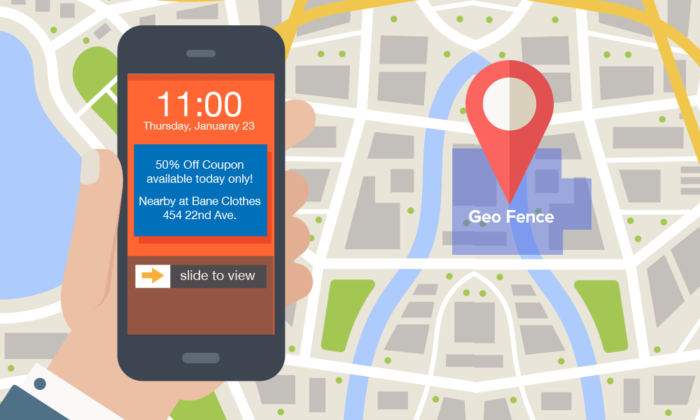
Understanding Location-Based Advertising: How Geofencing is used to target specific geographic areas.
Location-based advertising is the cornerstone of geofence marketing, as it allows businesses to leverage the power of geographic targeting to deliver highly relevant and personalized content to their customers. By utilizing geofencing technology, businesses can create virtual boundaries around specific locations and trigger targeted advertising or promotional messages when users enter or exit these predefined areas.
One of the key advantages of location-based advertising is the ability to target customers at the precise moment they are in proximity to your business or a competitor’s location. This real-time, contextual approach enables you to capture the attention of potential customers and influence their purchasing decisions.
For example, imagine a clothing retailer that sets up a geofence around their flagship store. When a customer enters the geofence, they receive a push notification offering a special in-store promotion or a personalized product recommendation based on their previous shopping behavior. This immediate, location-specific engagement can significantly increase the likelihood of the customer visiting the store and making a purchase.
Additionally, geofencing can be used to target competitors’ locations, allowing businesses to intercept potential customers and offer them incentives to visit their own stores or make a purchase. This strategic use of location-based advertising can help businesses gain a competitive edge and capture a larger share of the market.
By understanding the intricacies of location-based advertising and how it integrates with geofencing technology, businesses can develop more effective and targeted marketing campaigns that resonate with their customers and drive measurable results.
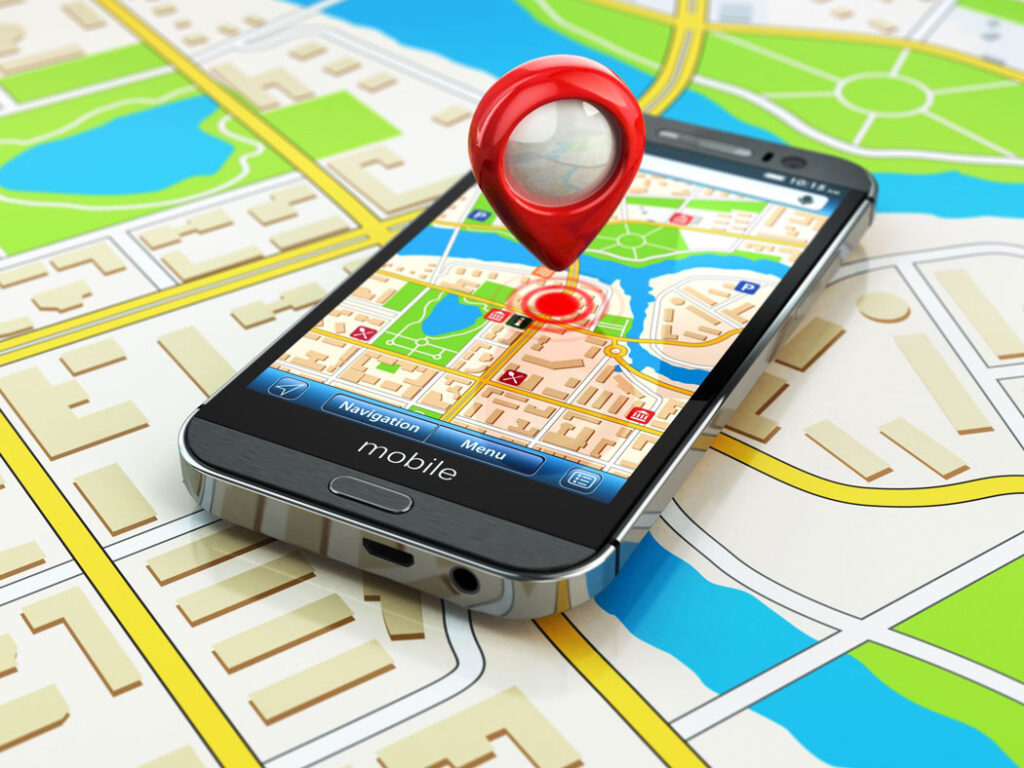
Geofencing Strategies: Different approaches to implementing Geofencing in marketing campaigns.
Geofencing offers a versatile toolkit for businesses to implement a wide range of marketing strategies. Here are some of the most effective approaches to consider:
- Proximity Marketing: This strategy focuses on targeting customers who are in close proximity to your physical location, such as your store, restaurant, or event. By setting up geofences around these areas, you can deliver timely, location-specific offers and promotions to encourage immediate action and drive foot traffic.
- Competitive Targeting: Geofencing can be used to target your competitors’ locations, allowing you to intercept their customers and offer them incentives to visit your business instead. This approach can help you gain a competitive edge and attract new customers.
- Event-Based Geofencing: Geofencing can be particularly effective for marketing campaigns around specific events, such as trade shows, festivals, or sporting events. By creating geofences around these event locations, you can engage with attendees and provide them with relevant information, offers, or event-specific content.
- Retargeting and Remarketing: Geofencing can be integrated with your retargeting and remarketing efforts, allowing you to serve personalized ads or messages to users who have previously interacted with your brand or visited your physical location.
- Audience Segmentation: By defining multiple geofences within your target area, you can segment your audience based on their location and behavior, enabling you to deliver more tailored and relevant content to each group.
- Offline-to-Online Conversion: Geofencing can help bridge the gap between your offline and online marketing efforts. For example, you can use geofencing to drive in-store traffic and then retarget those customers with online ads or offers to encourage further engagement and conversions.
- Loyalty and Engagement: Geofencing can be used to enhance your customer loyalty and engagement programs. By triggering location-based rewards, offers, or notifications, you can incentivize customers to visit your business and engage with your brand.
By exploring these diverse geofencing strategies, you can create a comprehensive and highly effective marketing approach that resonates with your target audience and drives measurable results.
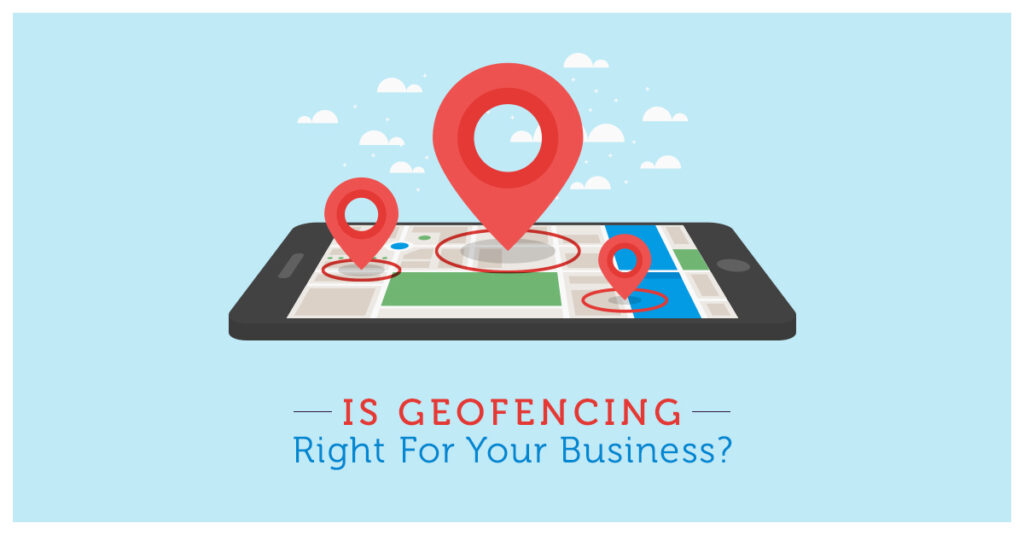
Creating Effective Geofences: Tips on designing and setting up Geofences for maximum impact.
Designing and setting up effective geofences is crucial for the success of your geofence marketing campaigns. Here are some key tips to consider:
- Define Your Objectives: Before creating your geofences, clearly identify your marketing goals, such as increasing foot traffic, driving sales, or enhancing brand awareness. This will help you determine the most appropriate geofence size, location, and trigger actions.
- Understand Your Target Audience: Conduct thorough research to understand your target audience’s behavior, preferences, and the locations they frequent. This information will guide you in selecting the most strategic geofence locations and tailoring your messaging accordingly.
- Choose the Right Geofence Size: The size of your geofence should be carefully considered. A smaller geofence may be more effective for proximity-based marketing, while a larger geofence may be suitable for broader awareness campaigns. Experiment with different sizes to find the optimal balance.
- Leverage Contextual Data: Incorporate contextual data, such as time of day, weather, or nearby events, to create more personalized and relevant geofence triggers. This can help you deliver the right message at the right time to your target audience.
- Optimize Geofence Placement: Strategically position your geofences around key locations, such as your business, competitors’ locations, high-traffic areas, or areas with a high concentration of your target audience.
- Ensure Geofence Accuracy: Regularly test and refine your geofences to ensure accurate location tracking and trigger activation. Inaccurate geofences can lead to ineffective campaigns and frustrated customers.
- Integrate with Other Marketing Channels: Seamlessly integrate your geofence marketing efforts with your other marketing channels, such as email, social media, or mobile app, to create a cohesive and personalized customer experience.
- Continuously Analyze and Optimize: Regularly monitor the performance of your geofence marketing campaigns, analyze the data, and make adjustments to your strategies based on the insights. This will help you continuously improve the effectiveness of your geofence marketing efforts.
By following these best practices for creating effective geofences, you can maximize the impact of your geofence marketing campaigns and achieve your desired marketing objectives.
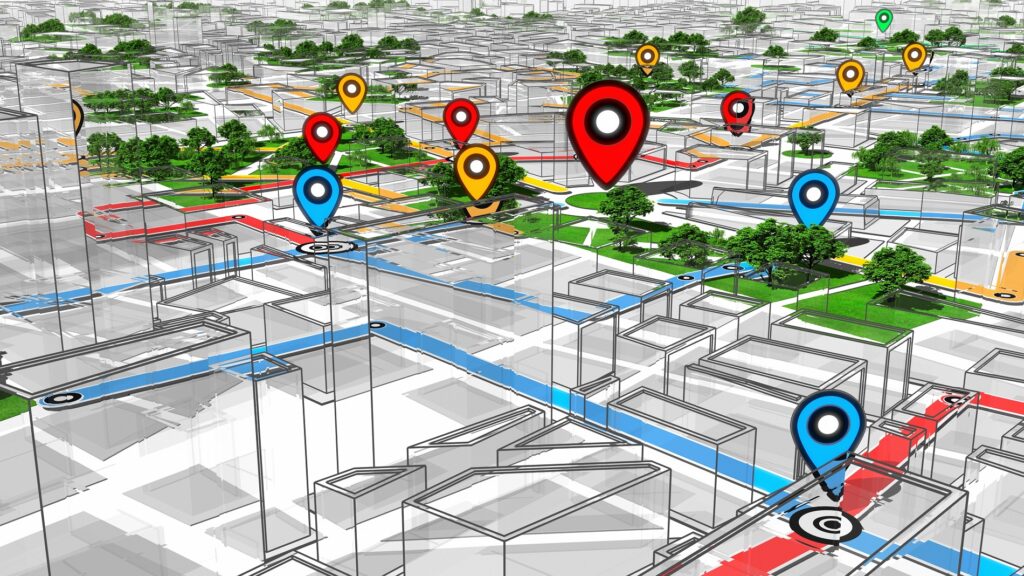
Geofence Marketing Best Practices: Proven techniques for successful Geofence Marketing campaigns.
To ensure the success of your geofence marketing campaigns, it’s essential to follow a set of best practices. Here are some proven techniques to consider:
- Personalize Your Messaging: Tailor your content and offers to the specific needs, preferences, and behaviors of your target audience within each geofence. This level of personalization will help you create a more engaging and relevant experience for your customers.
- Optimize Timing and Frequency: Carefully time your geofence triggers and limit the frequency of your messages to avoid overwhelming or annoying your customers. Strike the right balance between delivering timely, relevant content and avoiding over-communication.
- Leverage Valuable Incentives: Offer valuable incentives, such as discounts, exclusive offers, or loyalty rewards, to encourage your customers to engage with your geofence marketing campaigns and drive desired actions.
- Measure and Analyze Performance: Implement robust tracking and analytics to measure the performance of your geofence marketing campaigns. This data will help you identify successful strategies, optimize your approach, and make data-driven decisions.
- Ensure Compliance and Privacy: Comply with relevant data privacy regulations, such as the General Data Protection Regulation (GDPR) or the California Consumer Privacy Act (CCPA), and respect your customers’ privacy. Clearly communicate how you use location data and provide opt-out options.
- Integrate with Other Marketing Channels: Seamlessly integrate your geofence marketing efforts with your overall marketing strategy, leveraging other channels like social media, email, and mobile apps to create a cohesive and engaging customer experience.
- Continuously Iterate and Improve: Regularly review the performance of your geofence marketing campaigns, identify areas for improvement, and make adjustments to your strategies. This iterative approach will help you continuously enhance the effectiveness of your geofence marketing efforts.
- Partner with Experienced Providers: Consider working with a reputable and experienced geofence marketing provider, such as Getgeofencing, to ensure the successful execution of your campaigns and access to the latest industry best practices and technologies.
By implementing these best practices, you can create highly effective geofence marketing campaigns that deliver measurable results and drive meaningful engagement with your target audience.

Conclusion: Recap of the key points discussed and the future of Geofence Marketing.
In this comprehensive guide, we’ve explored the power of geofence marketing and the various strategies and best practices that businesses can leverage to unlock its full potential.
We began by understanding the fundamental concepts of geofencing, including how it works and the benefits it offers for marketing campaigns. We then delved into the world of location-based advertising, showcasing how geofencing can be used to target specific geographic areas and deliver highly personalized content and offers to customers.
Next, we examined the diverse geofencing strategies that businesses can implement, ranging from proximity marketing and competitive targeting to event-based campaigns and audience segmentation. We also discussed the importance of creating effective geofences, providing tips on design, placement, and integration with other marketing channels.
To ensure the success of your geofence marketing efforts, we highlighted a set of proven best practices, including personalizing your messaging, optimizing timing and frequency, leveraging valuable incentives, and continuously measuring and analyzing performance.
As we look to the future, the potential of geofence marketing continues to grow. With advancements in location-based technologies, increased consumer adoption of mobile devices, and the rising demand for personalized and contextual marketing experiences, geofencing is poised to become an essential component of any comprehensive marketing strategy.
Getgeofencing is the industry leader when it comes to professional geofence marketing campaigns. Our team of experts can help you unlock the full potential of geofencing and create targeted, effective marketing strategies that drive meaningful results for your business. Contact us today to learn more about our innovative geofencing solutions.
